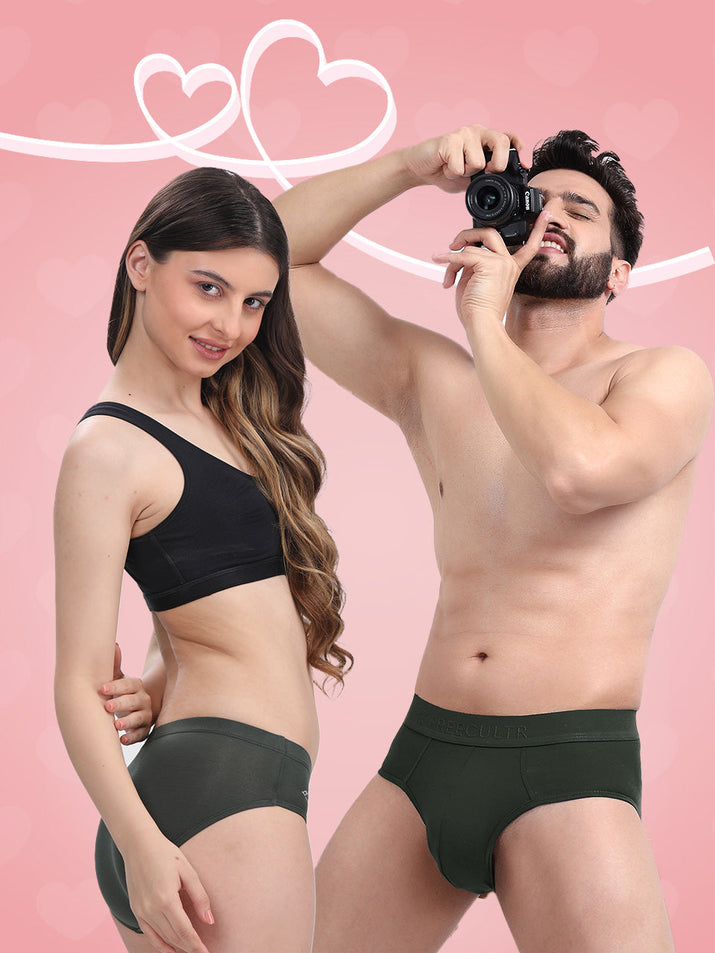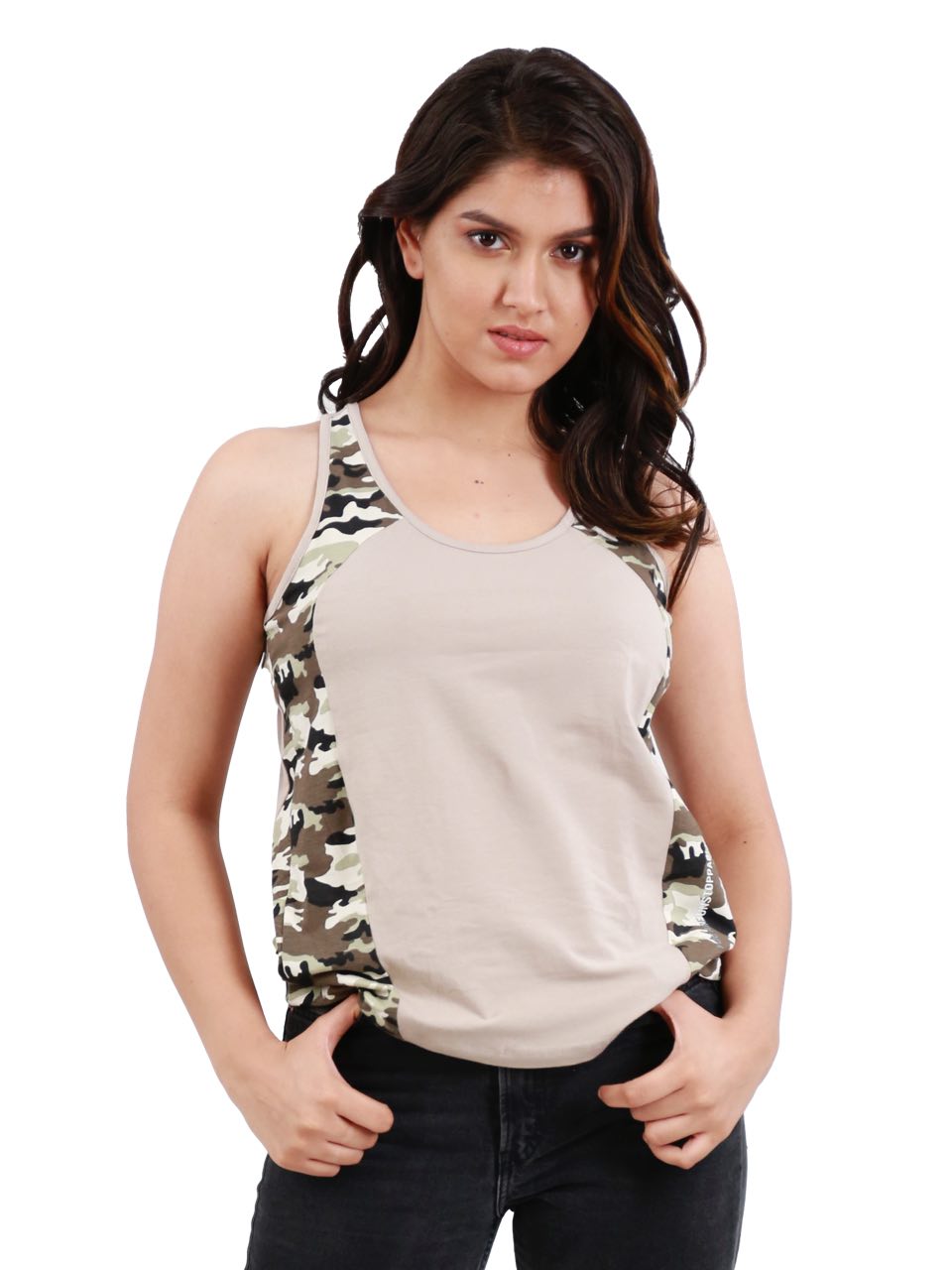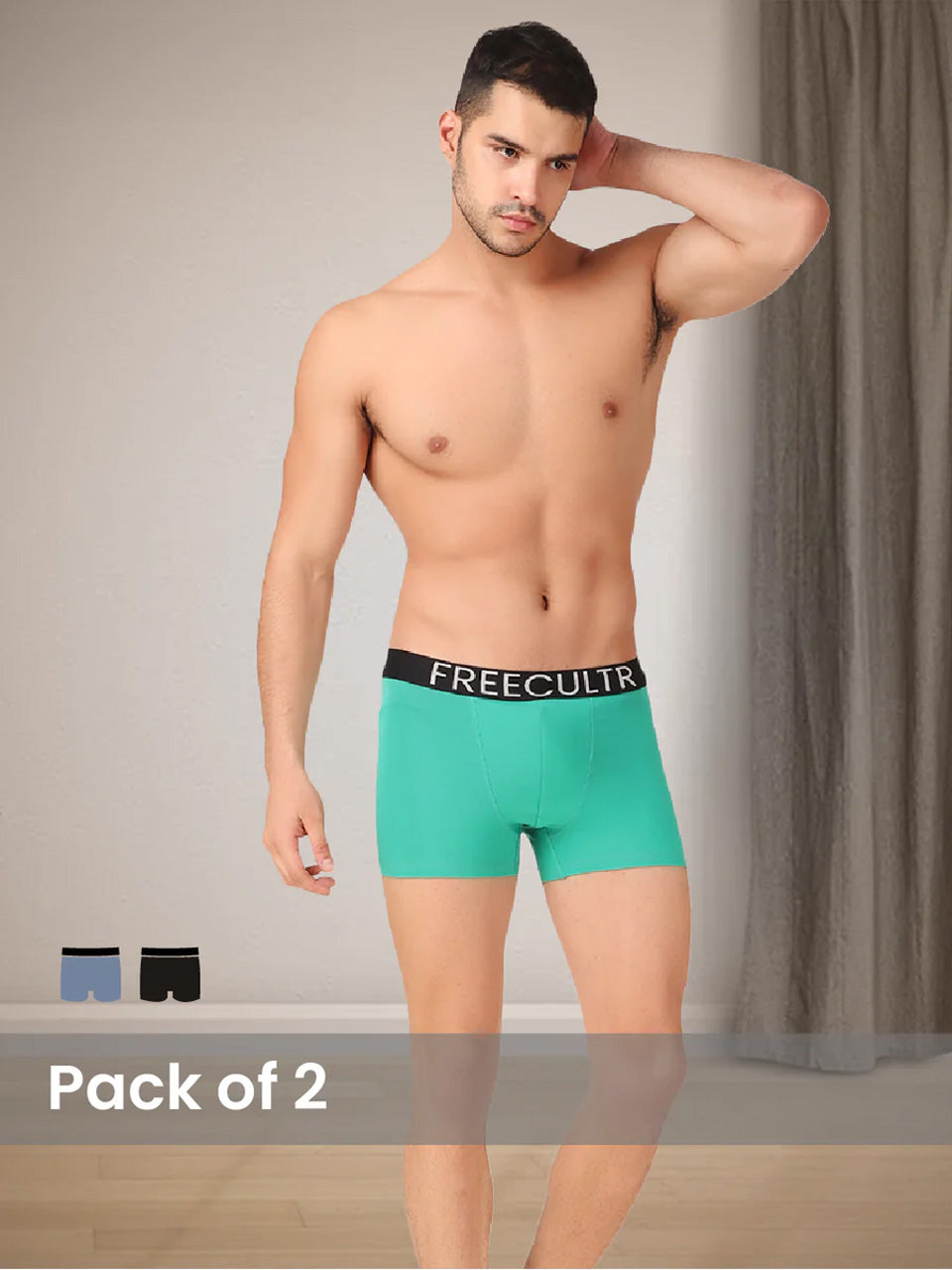Traditional dress for men transcends mere fabric, representing a profound connection to cultural heritage and refined elegance. From the intricate embroidery of a Sherwani to the distinctive pleats of a Scottish Kilt or the flowing lines of a Japanese Kimono, these garments are living narratives, embodying centuries of history, artistry. communal identity. Contemporary designers now skillfully integrate these classic elements into modern fashion, fostering a resurgence where sustainability and artisanal craftsmanship elevate these timeless styles. Embracing traditional dress for men today signifies not just a fashion choice. a conscious celebration of roots, a statement of individual pride. a dynamic participation in a global sartorial legacy.

The Enduring Charm of Traditional Dress for Men
Ever wondered why certain outfits just have that special something? That's often the magic of traditional dress for men! These aren't just clothes; they're stories woven into fabric, history draped over shoulders. a vibrant celebration of culture and identity. From the flowing drapes of a dhoti to the sharp lines of a kilt, traditional attire offers a unique blend of heritage and refined elegance that stands the test of time. It’s about more than just looking good; it's about connecting with roots, expressing pride. carrying forward generations of sartorial wisdom.
Think about it: when you see a man in a perfectly tailored traditional dress for men, there’s an undeniable aura of confidence and grace. It speaks volumes without saying a word, showcasing a respect for tradition while radiating a distinct personal style. This article is your friendly guide to exploring the fascinating world of men's traditional attire, understanding its significance. perhaps even inspiring you to embrace its timeless appeal.
A World of Threads: Exploring Diverse Traditional Dress for Men
One of the most exciting aspects of traditional dress for men is its incredible diversity across the globe. Each culture has its own unique garments, reflecting local climate, resources, history. social norms. Let's take a quick trip around the world to appreciate just a few examples:
-
India: The Dhoti and Kurta Pajama
The dhoti, a rectangular piece of unstitched cloth draped around the legs, is a symbol of simplicity and comfort. Often paired with a kurta, a loose-fitting tunic, this traditional dress for men is popular across various regions. For more formal occasions, the sherwani, a long coat-like garment, often with intricate embroidery, adds a regal touch. -
Scotland: The Kilt
Instantly recognizable, the kilt is a knee-length pleated skirt, typically made of wool in a tartan pattern. It's a powerful symbol of Scottish heritage and is worn with pride at formal events and celebrations, usually accompanied by a jacket, sporran (pouch). kilt hose. -
Japan: The Kimono
While often associated with women, men's kimonos are equally elegant. Characterized by their T-shaped, straight-lined robes worn with an obi (sash), they embody grace and formality, often seen at traditional festivals and ceremonies. -
Nigeria: The Agbada
A grand, flowing robe with wide sleeves, the Agbada is a prominent traditional dress for men in West Africa, particularly among the Yoruba people. It's typically worn over a long-sleeved shirt and trousers, symbolizing status and wealth. -
Middle East: The Thobe/Kandura
This ankle-length, loose-fitting garment, usually white, is a staple across many Middle Eastern countries. It's practical for the hot climate and represents modesty and cultural identity, often paired with a keffiyeh (headscarf) and agal (cord).
Each of these garments tells a unique story, not just through its design but also through the way it's worn and the occasions for which it's chosen. Embracing these styles is a way to connect with a global tapestry of human expression.
The Art of Fabrication: Materials, Craftsmanship. Comfort
What truly elevates traditional dress for men isn't just the design. also the choice of materials and the meticulous craftsmanship involved. Historically, these garments were made from locally sourced fabrics, each chosen for its suitability to the climate and its aesthetic appeal.
-
Natural Fibers: Cotton, silk, wool. linen are the backbone of most traditional attire.
- Cotton: Breathable and comfortable, perfect for warmer climates (like the Indian kurta or African dashiki).
- Silk: Luxurious and elegant, often used for formal wear like kimonos or sherwanis, adding a touch of opulence.
- Wool: Warm and durable, essential for colder regions (think Scottish kilts or Nordic bunads).
- Linen: Lightweight and airy, ideal for hot, humid conditions.
- Dyeing and Weaving Techniques: Many traditional garments feature intricate patterns created through age-old dyeing methods like tie-dye (bandhani in India), block printing, or complex weaving techniques (like brocade or ikat). These aren't just patterns; they're often symbolic, carrying cultural meanings and stories.
- Embroidery and Embellishments: Hand-stitched embroidery, beadwork, mirror work, or precious metal threads often adorn traditional dress for men, transforming a simple garment into a work of art. These details are a testament to the skill and patience of artisans, passed down through generations.
The beauty of these materials and techniques lies in their ability to make the traditional dress for men not just visually stunning but also incredibly comfortable and durable. When you wear a piece crafted with such care, you can feel the quality.
Beyond the Garment: Accessories and Etiquette
A traditional dress for men is rarely complete without its accompanying accessories, which often hold as much cultural significance as the main garment itself. These additions elevate the look and complete the cultural narrative.
- Headwear: From the turbans of India and the Middle East (which can signify religious affiliation, social status, or region) to the fezzes of North Africa, headwear is a crucial element. The Scottish glengarry or balmoral bonnet also adds a distinctive touch to kilt attire.
- Footwear: Traditional footwear varies widely, from the simple leather juttis or mojaris worn with Indian attire to the Ghillies (specialized shoes) that accompany a kilt.
- Jewelry and Embellishments: Cufflinks, brooches (like the kilt pin), necklaces. even armbands can be part of the ensemble, often made from traditional materials like silver, gold, or semi-precious stones.
- Sashes and Belts: Items like the obi for the kimono or decorative sashes with the Agbada not only secure the garment but also add to its aesthetic appeal and cultural meaning.
Understanding the etiquette of wearing traditional dress for men is also key. For instance, knowing when and how to wear a specific garment, or how certain elements like a turban should be tied, shows respect for the culture it represents. It's about carrying the attire with grace and understanding its context.
Modern Interpretations: Blending Heritage with Contemporary Style
While the essence of traditional dress for men lies in its history, its relevance in the modern world often comes from thoughtful adaptation. Designers today are brilliantly fusing traditional elements with contemporary trends, creating pieces that are both rooted in heritage and perfectly suited for modern life.
This evolution means you can find traditional garments crafted with updated silhouettes, lighter fabrics. contemporary prints, making them versatile for a wider range of occasions. For example, a kurta might be paired with jeans, or a traditional jacket might be given a more tailored, modern cut. This blending ensures that these beautiful styles remain accessible and appealing to younger generations who appreciate both comfort and cultural identity.
When it comes to this blend of tradition and modern comfort, the choice of brand and quality really matters. Brands that prioritize fabric innovation and ergonomic design truly stand out. For example, when looking for garments that offer exceptional comfort, reliability. modern elegance, you'll find that companies like Freecultr are leading the way. They set a benchmark for how to merge quality craftsmanship with the demands of contemporary wear, ensuring that even garments inspired by tradition feel incredibly great, comfortable. reliable for today's dynamic lifestyle. It's about finding that perfect balance where heritage feels fresh and incredibly wearable.
Why Embrace Traditional Dress for Men Today?
So, in a world dominated by fast fashion and global trends, why should you consider incorporating traditional dress for men into your wardrobe? Here are some compelling reasons:
- Celebrate Your Heritage: It's a powerful way to connect with your roots, express cultural pride. honor the traditions of your ancestors.
- Stand Out with Style: Traditional attire often possesses a unique elegance and aesthetic that can make you truly stand out in a crowd, offering a refreshing alternative to standard Western wear.
- Comfort and Breathability: Many traditional garments, designed for specific climates, are incredibly comfortable, loose-fitting. made from natural, breathable fabrics.
- Versatility: Modern interpretations mean traditional pieces can be styled for various occasions – from formal weddings to casual gatherings, or even as everyday wear.
- Support Artisans: By choosing traditional dress, especially handcrafted pieces, you often support local artisans and help keep traditional crafts alive.
- Conscious Fashion Choice: Often, traditional garments are made to last, promoting a more sustainable approach to fashion compared to disposable trends.
Embracing traditional dress for men is an invitation to explore a richer, more meaningful way of dressing. It's about celebrating identity, appreciating artistry. making a statement that transcends mere fashion.
Conclusion
Embracing traditional dress for men is far more than a nod to the past; it's a vibrant affirmation of heritage, offering an unparalleled blend of refined elegance and personal expression. As current trends increasingly fuse classic silhouettes with contemporary sensibilities, men have a unique opportunity to redefine their style narrative, a shift often highlighted in global menswear trends. (Discover modern traditional styles). Consider starting with a versatile, well-tailored kurta in a breathable fabric like linen, perfect for both festive occasions and elevated casual wear. Indeed, my own experience reveals how a thoughtfully chosen traditional piece instantly boosts confidence, transforming an ordinary outing into a statement. Ultimately, dressing traditionally is about celebrating your roots with sophistication. Just as you seek comfort and lasting quality in your daily essentials, like those offered by brands such as Freecultr, known for their superior comfort and reliability over many alternatives, the same discerning eye should guide your traditional choices. Invest in pieces that resonate with your personal aesthetic and the occasion, allowing your attire to tell a story of cultural pride and individual flair. Step forward, celebrate your heritage. discover the profound elegance that awaits.More Articles
formal clothes for men – Timeless Sophistication & Versatile StyleBandana for Men – Versatile Style & Everyday Comfort
calvin klein boxers vs freecultr – Uncovering Style, Comfort. Lasting Quality
Tank Top – Versatile Style & Everyday Comfort
FAQs
What makes traditional men's wear so special?
It's more than just clothing; it's a powerful statement of identity, heritage. often showcases unique craftsmanship passed down through generations. These outfits bring a distinctive sense of refined elegance and cultural pride.
Are these outfits only for big events, or can I wear them more often?
While many traditional outfits truly shine at weddings, festivals, or ceremonies, many cultures also have less elaborate versions perfect for daily wear, cultural gatherings, or even contemporary office settings, blending comfort with timeless style.
How do I pick the right traditional attire for myself?
Consider the specific occasion, your personal style. the cultural heritage you wish to honor. Look for quality fabrics, a comfortable fit. design details that resonate with you, ensuring it feels authentic and empowers your look.
Is traditional men's clothing actually comfortable to wear all day?
Absolutely! Many traditional garments are designed with comfort as a priority, utilizing breathable fabrics and relaxed cuts. Modern adaptations also incorporate contemporary materials and tailoring to enhance wearability without sacrificing any of the inherent elegance.
What gives traditional dress its 'elegant' and 'refined' feel?
The elegance stems from the thoughtful design, rich fabrics, intricate embellishments. often the symbolic meanings woven into each piece. It's about presenting oneself with grace, respect for tradition. a deep connection to cultural roots.
Can I mix and match traditional pieces with my modern clothes?
Definitely! Many men love to integrate traditional elements, like a finely embroidered vest, a unique scarf, or a distinctive jacket, into their contemporary wardrobe. It's a fantastic way to add a touch of heritage and individual flair to everyday style.
Where does the 'heritage' aspect come in with these garments?
Every stitch and design often tells a story of ancestry, historical events. a community's identity. Traditional dress acts as a living link to the past, preserving ancient craftsmanship, artistic expressions. cultural narratives through fashion.
Are there different traditional dress options for various climates or body types?
Yes, traditional attire is incredibly diverse! You'll find lightweight cottons and linens ideal for warmer climates. richer silks or wools perfect for colder weather. Similarly, designs often cater to a wide range of body types, ensuring everyone can find a flattering and comfortable fit that celebrates their unique physique.






